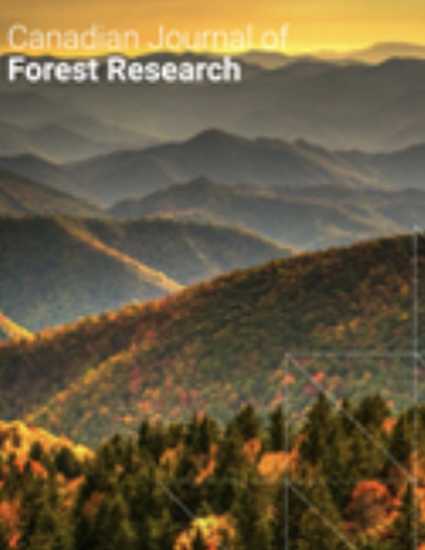
Article
Changing perspectives on regeneration ecology and genetic diversity in western quaking aspen: implications for silviculture
Canadian Journal of Forest Research
(2012)
Abstract
A conventional view of regeneration ecology of quaking aspen (Populus tremuloides Michx.) in western North American holds that reproduction is strictly vegetative and, except on some marginal sites, only successful following high-severity disturbance. This view has strongly influenced silvicultural treatment of western aspen and has led to low expectations concerning genetic diversity of stands and landscapes. However, recent discoveries are fundamentally altering our understanding of western aspen regeneration ecology and genetics. For example, there are clearly multiple pathways of aspen regeneration and stand development. Research on a variety of fronts indicates that seedling establishment is common enough to be ecologically important and that genetic diversity is substantially greater than previously thought. We review conventional understanding of western aspen and put this into the context of silvicultural practice. We then review recent developments in aspen research and assess the silvicultural implications of these insights.
Keywords
- regeneration,
- quaking aspen,
- tree diversity,
- silviculture,
- ecology
Disciplines
Publication Date
July, 2012
DOI
https://doi.org/10.1139/x2012-143
Citation Information
Karen E. Mock. "Changing perspectives on regeneration ecology and genetic diversity in western quaking aspen: implications for silviculture" Canadian Journal of Forest Research Vol. 42 Iss. 12 (2012) p. 2011 - 2021 Available at: http://works.bepress.com/karen_mock/56/
